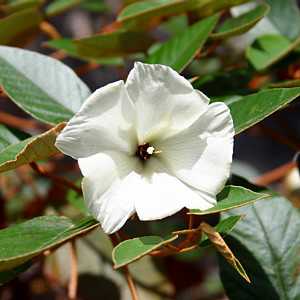
Error Page
The page you requested could not be found
++??????++ Out of Cheese Error. Melon. Melon. Redo From Start.{a}
Oops!

For some reason the Saint Helena Island Info page you requested could not be located on the server. If you arrived here through a link please tell the referrer (if it was one of our links please contact us). The menu and page index below should help you to locate the page you wanted. A full site index appears here.
Overview of this site…
|
You can call up the above menu from anywhere using the popup menu icon ☰ (top, right).
The NAVIGATION section (below) may also help.
Experience is the name everyone gives to their mistakes.{b}
Index of Information Pages
Here is a list of all the Information Pages on this site.
This site was last updated on 18 April 2024.
See also: ⋅ Page History ⋅ Updated This Release

To err is human. But to really @*!% things up you need a computer!{c}
Credits:
{a} Hex{b} Oscar Wilde{c} Anon
